From reassuring nervous passengers, dealing with the difficult ones, and serving food and drinks in between, being a flight attendant is a busy, hands-on job.
For 22-year-old flight purser Neerja Bhanot, it became more hands-on than she could ever imagine – in 1985, she found herself in the middle of a terrifying terrorist hijacking.


The four hijackers, armed with assault rifles and grenades, managed to gain control of Pan Am Flight 73, which had 379 people on board.
What the terrorists hadn’t banked on, however, was a valiant flight attendant who would do whatever it took to ensure the safety of her passengers.
In the face of fear, Neerja Bhanot showed immense bravery and courage. But at what cost?
The Beginnings Of A Hero
Born on September 7, 1963, Indian-born Neerja had a loving upbringing alongside her brothers, Akhil and Aneesh. The family was tight-knit, and the Bhanot children were known to be kind and thoughtful youngsters full of promise.
As Neerja grew up, she decided she wanted to work in aviation. The popularity of Pan Am and its perceived glamor and luxury sparked a wave of young women wanting to pursue a career as a flight attendant. Neerja was no different.
In 1985, the 22-year-old applied for her dream role. Pan Am had recently decided they wanted to have solely Indian flight attendants for the flights between Frankfurt and India, giving Neerja the opening she’d been looking for.
The training took place in Miami, and after successfully completing this, she was given the role of head purser. Before this, Neerja had worked as a model and maintained both the modeling jobs and her role with Pan Am simultaneously.
This tied in with the “glamorous” look the airline was famed for in the 60s, 70s, and 80s. For Neerja, however, it was about more than that; she wanted to see the world.
And, for a short while, she did. Until, on September 5, 1986, she came face to face with terror.
Pan Am 73 Is Seized
Pan Am Flight 73 was flying its usual route from Bombay to the US with scheduled layovers in Karachi and Frankfurt. The plane had landed at Karachi Jinnah Airport when things took a macabre and unexpected turn.

Four armed men made their way onto the plane. They were sent from the Abu Nidal organization, a terrorist group.
The Abu Nidal organization, named after its founder, was an anti-Western, anti-Zionist group, and its primary purpose was to destroy Israel. They’d already carried out terrorist attacks prior to the Pan Am hijacking, notably the Rome and Vienna airport attacks in 1985.
Seven of the group’s terrorists attacked the two airports with assault rifles and hand grenades, injuring over a hundred people.
Nineteen of the victims would succumb to their injuries and die. Three of the terrorists were captured before they could cause any more deaths, and four of them were shot dead by security.
Still, this didn’t stop them from planning and carrying out the hijacking of Pan Am Flight 73. The plane, named Clipper Empress of the Seas, quickly became the claustrophobic prison of the 379 individuals on board.
The four hijackers planned to force the pilot to fly the plane to Cyprus. From here, they’d use the holding of the aircraft and its passengers to bargain for the release of Palestinian prisoners.
This aspect of the plan was scuppered before it could even begin, thanks to quick thinking from Neerja Bhanot.
She managed to race to the cockpit undetected and let the pilot, the co-pilot, and the onboard engineer know about the terrorists aboard. Her rapid action saved their lives – they managed to discreetly make their way out of the plane via an overhead hatch.
Neerja could have joined them and left the rest of the flight crew and passengers at the mercy of the Abu Nidal organization henchmen. Instead, she turned around and reentered the cabin. She chose to stay on the plane.
Horrors On The Plane
Neerja had secured the plane’s grounding, ensuring the planned flight to Cyprus couldn’t occur.
However, when the hijackers realized that there was no cockpit crew, the group’s leader decided he had no choice but to negotiate with officials.
His alias was Mustafa, but his real name was Zayd Hassan Abd al-Latif Safarini. He walked up and down the plane, weighing up the nervous passengers as they did their best to avoid eye contact with him. He stopped at 29-year-old Rajesh Kumar’s seat.
Rajesh was a naturalized American citizen from California. The group would use him as a bargaining chip to try and negotiate for the pilots to be sent back on board. Rajesh was marched to a doorway of the plane and ordered to his knees.
Officials on the outside could see the captive, his hands behind his head, but were helpless to remove him from the plane. He was mere inches from safety, but for him to flee would mean imminent death. Instead, he remained on his knees as Mustafa negotiated with officials.
The leader, in no uncertain terms, made his demand clear: that the flight crew get back on the plane, or Rajesh would die.
He said the deal would expire in 30 minutes, giving the hostage just half an hour before his fate was sealed. However, Mustafa wouldn’t wait the full 30 minutes and shot Rajesh at point-blank range in the head prior to the time being up.
The rest of the hostages on the plane witnessed Rajesh’s shocking death, reaffirming just how deadly the hijackers were.
The Abu Nidal group then ordered Neerja to walk up and down the plane and collect every passenger’s passport. It became clear to her that she was doing this so the hijackers could figure out which individuals aboard were American.
US citizens were the preferred bargaining tool of the group. America would be more likely to give in to negotiations, the terrorists believed, and so set their sights on rounding up these individuals.

However, Neerja wasn’t about to let that happen. Despite the hijackers showing they were more than happy to kill to get their way, the woman defied their demands.
She covertly agreed with the other flight attendants that they’d make it look like they were doing the rounds and collecting all the passports, but for any American citizen, they would dispose of their passport before the hijackers got their hands on it.
As Neerja directed, the attendants concealed any American passports they were handed. Some were thrown under seats; others were tossed into the garbage chute. This act alone served to secure the safety – temporarily at least – of the American passengers on the plane.
With the hijackers unable to tell who was American and who wasn’t, hours passed, and negotiations hit a brick wall. The group had no bargaining tools, so after 17 painstaking hours, they upped their levels of violence.
The Hijackers Open Fire
The hostages had been captive for almost an entire day when the terrorist group grew impatient that no flight crew had been sent back on the plane.
Suddenly, all lighting on the plane was turned off, and the dim emergency lighting switched on, making the surroundings even more terrifying for the captives. They were in near darkness with four heavily armed men patrolling the plane.
With things reaching a stalemate, the Abu Nidal members decided to take extreme measures to get the attention of the negotiation team.
One hijacker, after he quietly said a prayer, aimed his gun at the explosive belt of another of the hijackers. He shot, intending the explosion to kill everyone on board, including his fellow Abu Nidal men.
The shot failed to blow the plane up. This caused the rest of the hijackers to aim their guns at passengers and begin shooting.
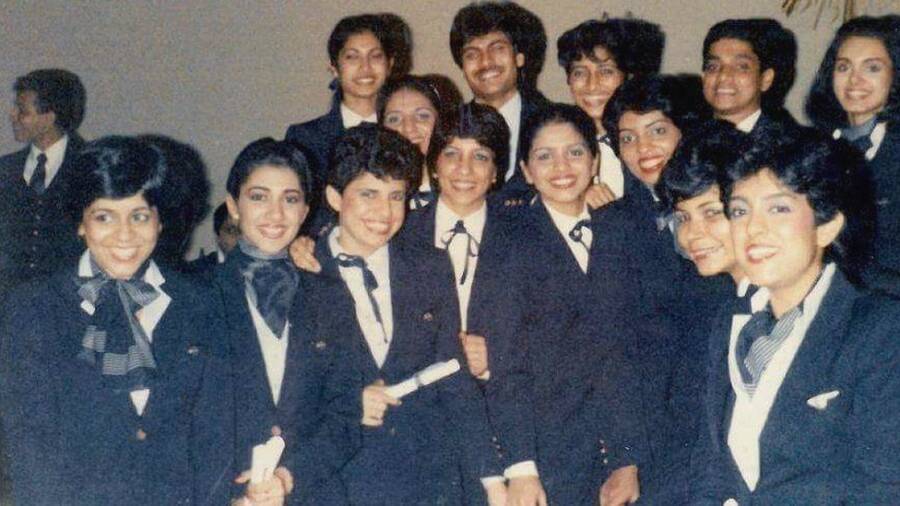
They even threw grenades, causing chaos amidst the captives who were now fleeing the rounds of bullets that were bouncing from the cabin. The shots ricocheted, causing shrapnel to cause agonizing injuries to the hostages.
There was nowhere for the passengers to run or hide, but Neerja took the initiative and made a beeline for one of the airplane doors.
Instead of jumping out of it and making her way to safety, she ushered other hostages out of the plane. She saved the lives of dozens of passengers, putting their welfare before her own.
As she rounded up three children to guide them to safety, one of the hijackers noticed what she was doing and marched over to her. He grabbed Neerja by the hair and shot her in the head. She died instantly. She was only 22 years old.
The Special Service Commandos had already begun storming the plane, but by the time they got inside, many of the passengers had managed to escape.
The hijackers were arrested, but not before killing 21 passengers and injuring 120 more. That number would have been much greater if not for Neerja Bhanot’s selfless acts throughout the ordeal.
The Heroine Of The Hijacking
Neerja’s bravery didn’t go unnoticed by those who survived the hijacking. As a result, she was posthumously awarded the Ashoka Chakra Award, India’s military decoration award for courageous actions or self-sacrifice away from the battlefield. She was the first ever woman to receive this award.

A charity was set up in her honor, which serves to commend and reward one flight attendant every year who went above and beyond in their role.
The charity also rewards one Indian woman annually who has endured social injustice and helped others in similar situations. The recipient gets a cash award and a trophy for their good deeds.
Over the years, Neerja has won multiple awards for her bravery. Her home country has produced a postage stamp in her honor, and her life has even been made into a biopic, simply titled Neerja. The 2016 film introduced the story of bravery to a new generation who may not have otherwise learned about her.
The hijackers – Zayd Hassan Abd Al-Latif Masud Al Safarini, Mohammed Abdul Khalil Hussain, Daud Mohammed Hafiz, Mohammed Ahmed al-Munawar, and Jamal Saeed – were initially given death sentences for the killings.
These sentences were later reduced to life imprisonment. All but Safarini were released from jail in Pakistan in 2008, a decision that India and America were against.
Still, out of the horrors and bloodshed, Neerja’s selflessness managed to inspire people decades after her untimely passing. In particular, a young boy whose life she saved during the attack on Flight 73.
The youngster, who witnessed the horrors of the terrorist attack, grew up to become a captain, citing Neerja’s courage as the reason he sought out a career in aviation. He says he owes every day of his life to her.
Sources
https://simpleflying.com/neerja-bhanot-story/
https://web.archive.org/web/20130608092104/http://neerjabhanot.org/Trust.ht
https://www.imdb.com/title/tt5286444
https://www.indiatimes.com/trending/social-relevance/what-happened-on-pan-am-73-flight-548889.html

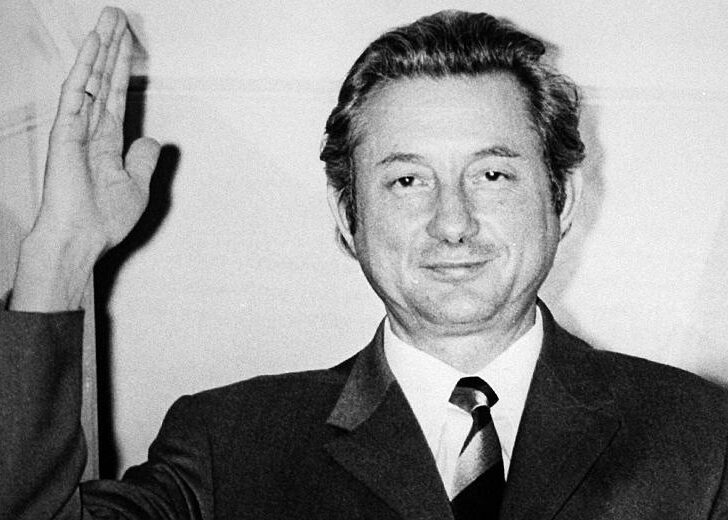



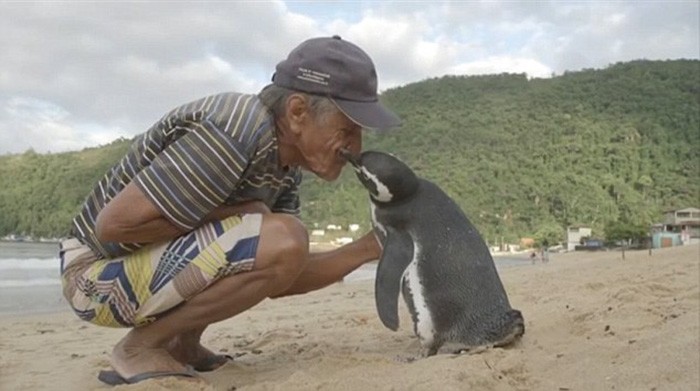

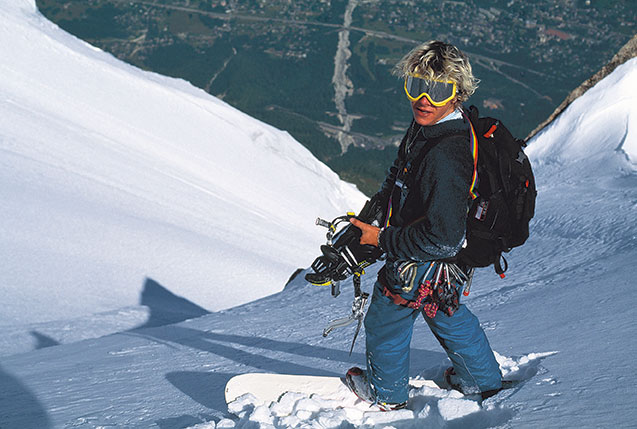

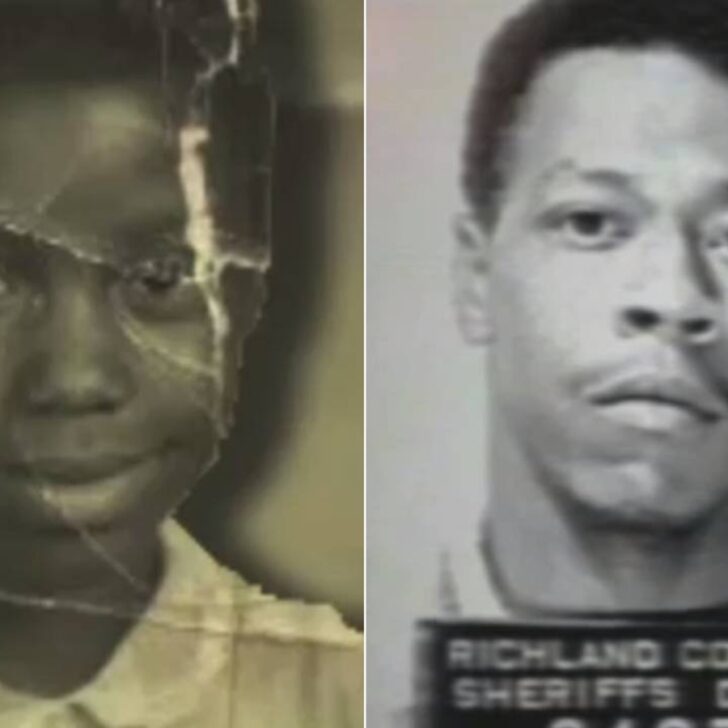

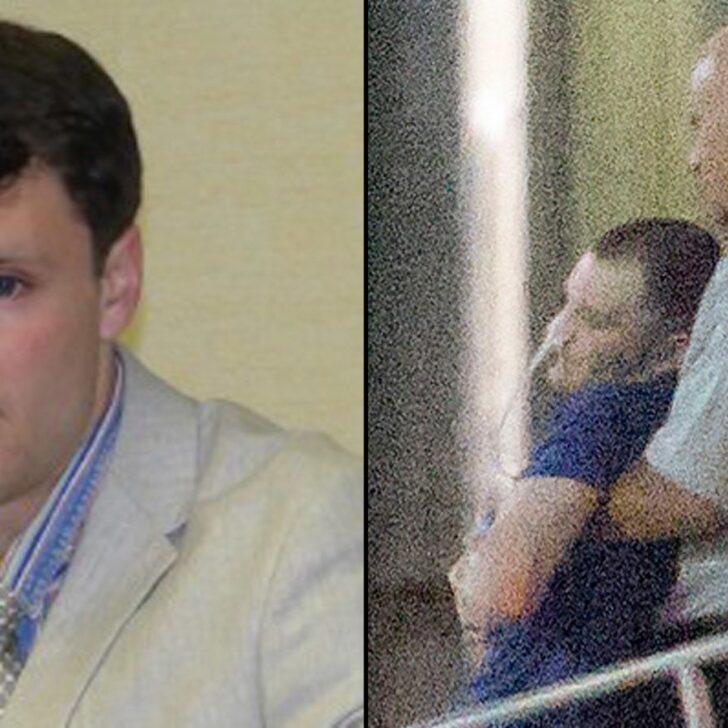

Leave a comment